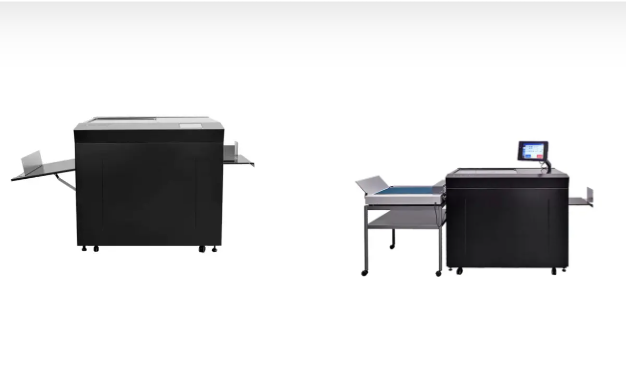In the world of design, packaging, and crafting, precision and efficiency are everything. Whether you’re creating custom labels, packaging, greeting cards, or stickers, a die cutter can be your best friend. These powerful machines are essential tools for anyone who wants to produce clean, consistent, and professionally cut shapes and designs. In this article, we’ll explore what a die cutter is, how it works, the types available, and how to choose the right one for your needs.
What Is a Die Cutter?
A die cutter is a machine used to cut materials into specific shapes using a custom-made metal die. It’s widely used in industries such as printing, packaging, crafting, and manufacturing. Think of it like a cookie cutter, but for paper, cardboard, vinyl, fabric, leather, or even plastic.
Die cutters can perform various functions, including:
-
Cutting (shaping materials)
-
Scoring (creating fold lines)
-
Perforating (adding tear lines)
-
Embossing (raising a design on the surface)
Types of Die Cutters
Die cutters come in several types, depending on the technology used and the user’s needs.
1. Manual Die Cutters
-
How they work: Require physical effort to operate a crank or lever
-
Best for: Hobbyists and small crafting projects
-
Advantages: Affordable, portable, no electricity needed
-
Limitations: Slower, limited to smaller materials and simple dies
2. Digital Die Cutters
-
How they work: Operate via software and are controlled by a computer
-
Best for: Professional use, businesses, and intricate designs
-
Advantages: High precision, automated cutting, works with various materials
-
Limitations: Higher cost, requires a computer or smart device
3. Industrial Die Cutters
-
How they work: Heavy-duty machines designed for large-scale production
-
Best for: Packaging companies, print shops, and large manufacturers
-
Advantages: High volume output, powerful cutting force
-
Limitations: Expensive, requires trained operators, large footprint
Common Applications of Die Cutters
Die cutters are incredibly versatile. Here are some common uses:
-
Packaging Design: Create custom boxes, inserts, and wraps
-
Label and Sticker Production: Cut detailed shapes for branding and marketing
-
Scrapbooking and Paper Crafting: Perfect for card-making and decorative elements
-
Apparel and Fabric Cutting: Cut patterns and appliqués for garments
-
Signage and Decals: Produce vinyl graphics and lettering
Key Features to Consider
When shopping for a die cutter, consider the following:
-
Material Compatibility: Ensure the machine can cut your intended materials (paper, vinyl, fabric, leather, etc.)
-
Cutting Size: Match the cutter’s capacity with the size of your typical projects
-
Software Compatibility: For digital cutters, user-friendly design software is a big plus
-
Precision and Speed: Important for detailed work and high-volume production
-
Ease of Use: Some machines are beginner-friendly, while others have a learning curve
-
Portability: Manual cutters are usually compact, while industrial machines are stationary
Benefits of Using a Die Cutter
-
Precision: Delivers clean, professional-quality cuts every time
-
Efficiency: Speeds up production and reduces manual labor
-
Consistency: Each piece is identical to the last—perfect for mass production
-
Customization: Create unique shapes and designs with ease
-
Professional Results: Adds a high-end touch to crafts, packaging, and branding
Final Thoughts
A die cutter is a must-have tool for anyone serious about precision cutting, whether for crafting, packaging, or production. From manual models perfect for creative hobbyists to high-speed digital and industrial machines built for commercial use, there’s a die cutting machine for every need and budget.
